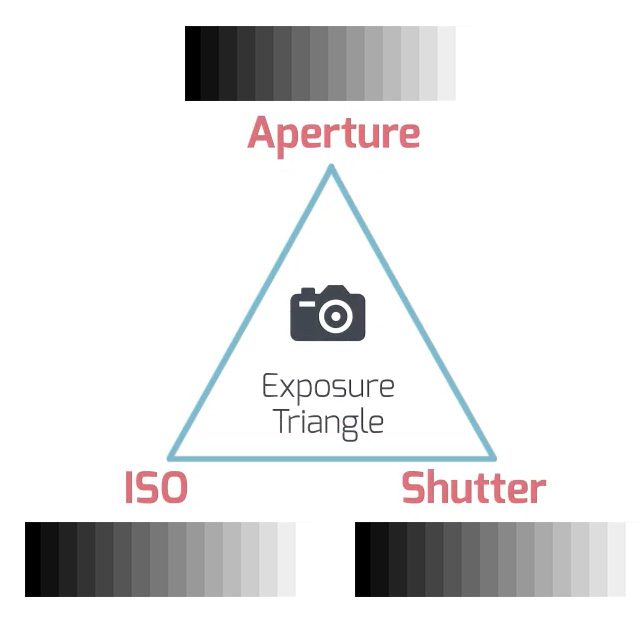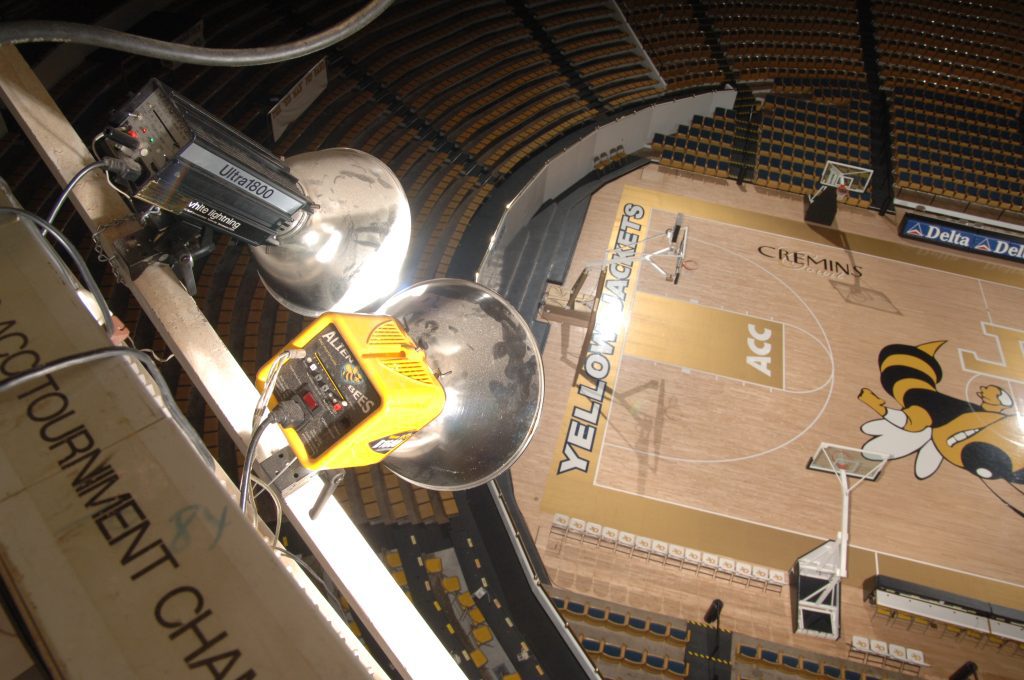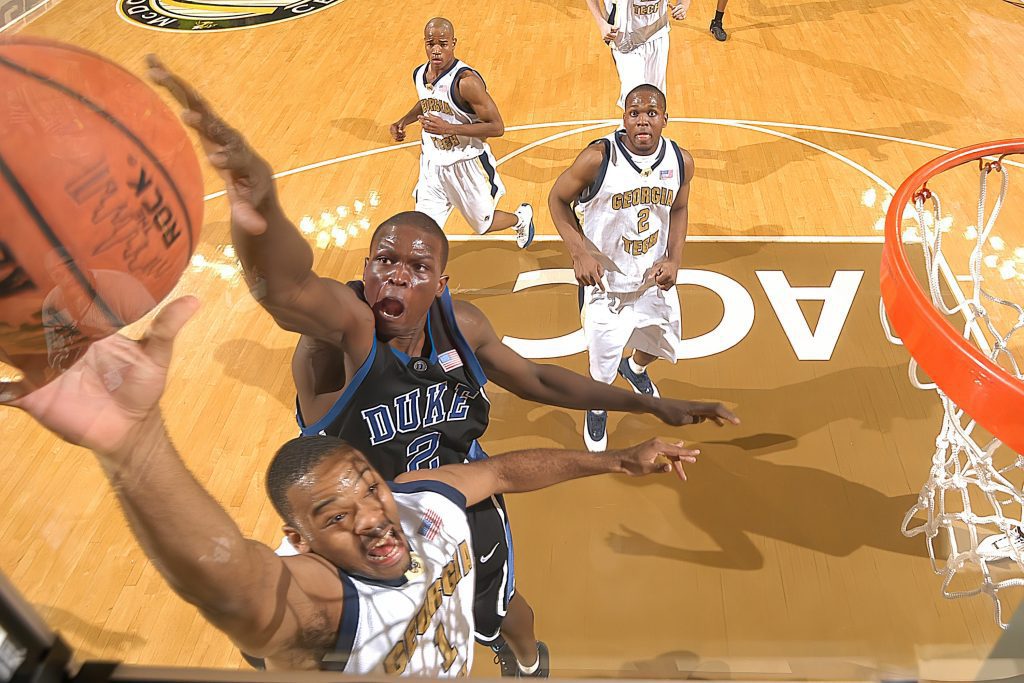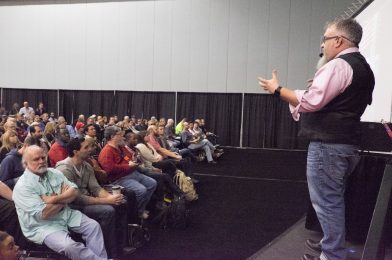Zack Arias is taking questions at PhotoShop World.
As a photographer, it’s essential to be aware of the questions you’re asking when seeking advice or troubleshooting issues with your photography. Photographers may not get the answers they need because they’re not asking the right questions.
One common problem is that photographers may not be clear on what they’re trying to achieve. So before reaching out to others for help, it’s essential to have a clear idea of what success looks like for you and your photography. This will help you craft more specific and targeted questions and increase the chances of getting helpful answers.
Another issue is that photographers may not identify the core problem they’re trying to solve. Instead of asking general questions about photography techniques or equipment, take some time to think about your issue’s root. Are you having trouble with lighting? Are you struggling to capture motion? By identifying the core problem, you’ll be able to ask more focused questions that will lead to more meaningful answers.
As a storyteller and social worker, I have found that asking the right questions can be the key to success. By taking the time to understand what you’re trying to achieve and what the core problem is, you’ll be able to craft questions that will lead to solutions that will help you improve your photography and take your craft to the next level.

Start With The Exposure Triangle
The exposure triangle is a fundamental concept in photography that refers to the relationship between aperture, shutter speed, and ISO. These three elements work together to control the amount of light that enters the camera and affects the final image. As a photographer, it’s essential to understand how to balance these elements to create the desired effect.
One common issue photographers face a tendency to over-emphasize low ISO settings. While a low ISO can be beneficial in certain situations, such as when shooting in bright daylight or with a tripod, it’s not always the best solution. A higher ISO may sometimes be necessary to achieve the desired shutter speed or aperture.
For example, a fast shutter speed is often more important than a low ISO when shooting action or sports. However, to freeze the motion, the photographer needs to use a fast shutter speed; to do that, a higher ISO may be necessary. In other situations, such as low-light photography, a wide aperture or longer shutter speed may be more important than a low ISO.

You May Need Flash Or A Constant Light Source
It’s important to remember that the exposure triangle is not set in stone, and adjusting the settings based on the situation and the desired outcome is essential. In some cases, even if the ISO, shutter speed, and aperture are set correctly, the lighting situation may require additional light sources such as flash or reflectors to achieve the desired result. As a photographer, it’s essential to be aware of these options and know when to use them.
In conclusion, the key to successful photography is understanding the exposure triangle and balancing aperture, shutter speed, and ISO based on the situation and desired outcome. Knowing when to prioritize one over the other and being aware of additional light sources will help you to create the images you want and improve your photography skills.


